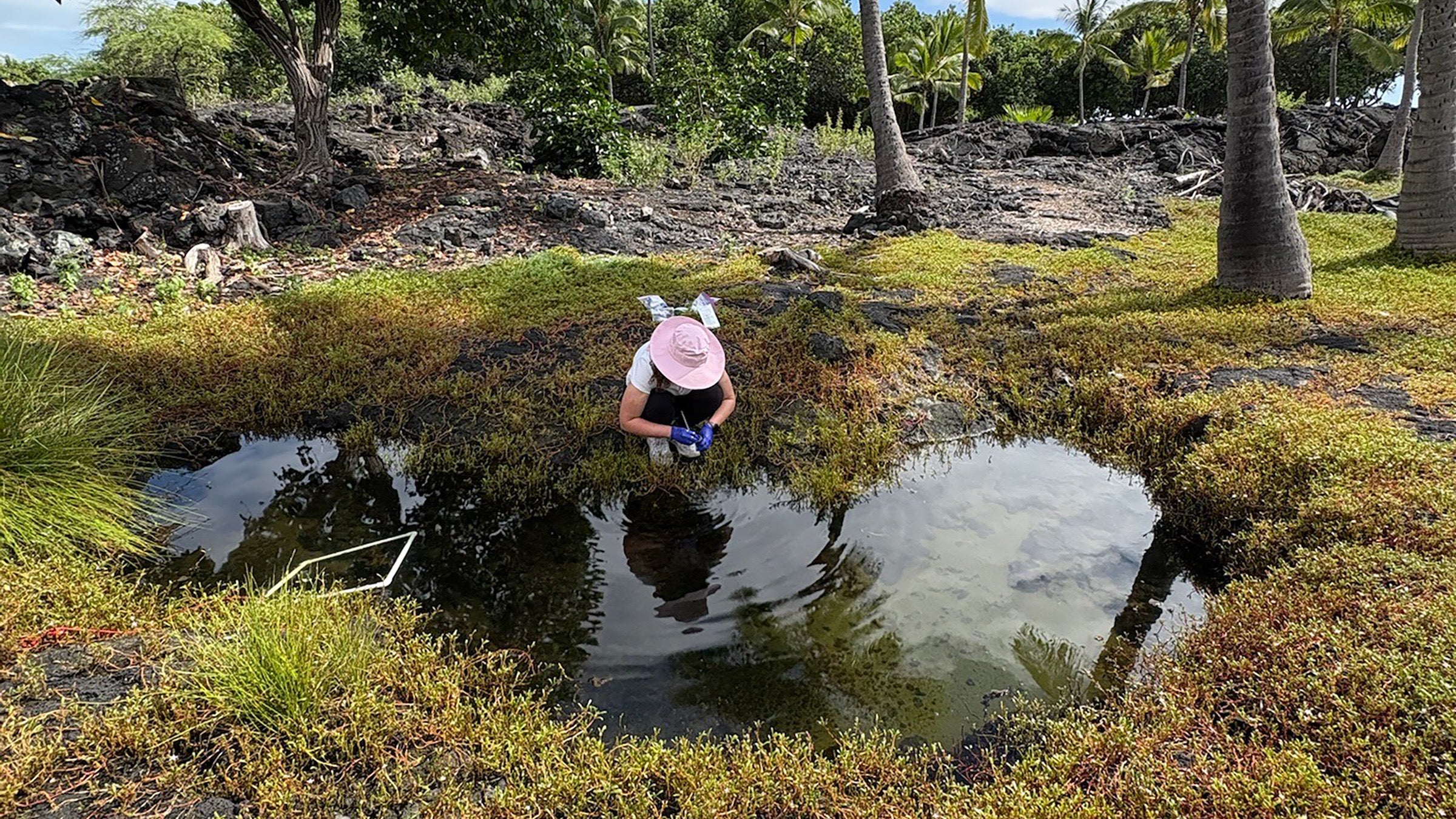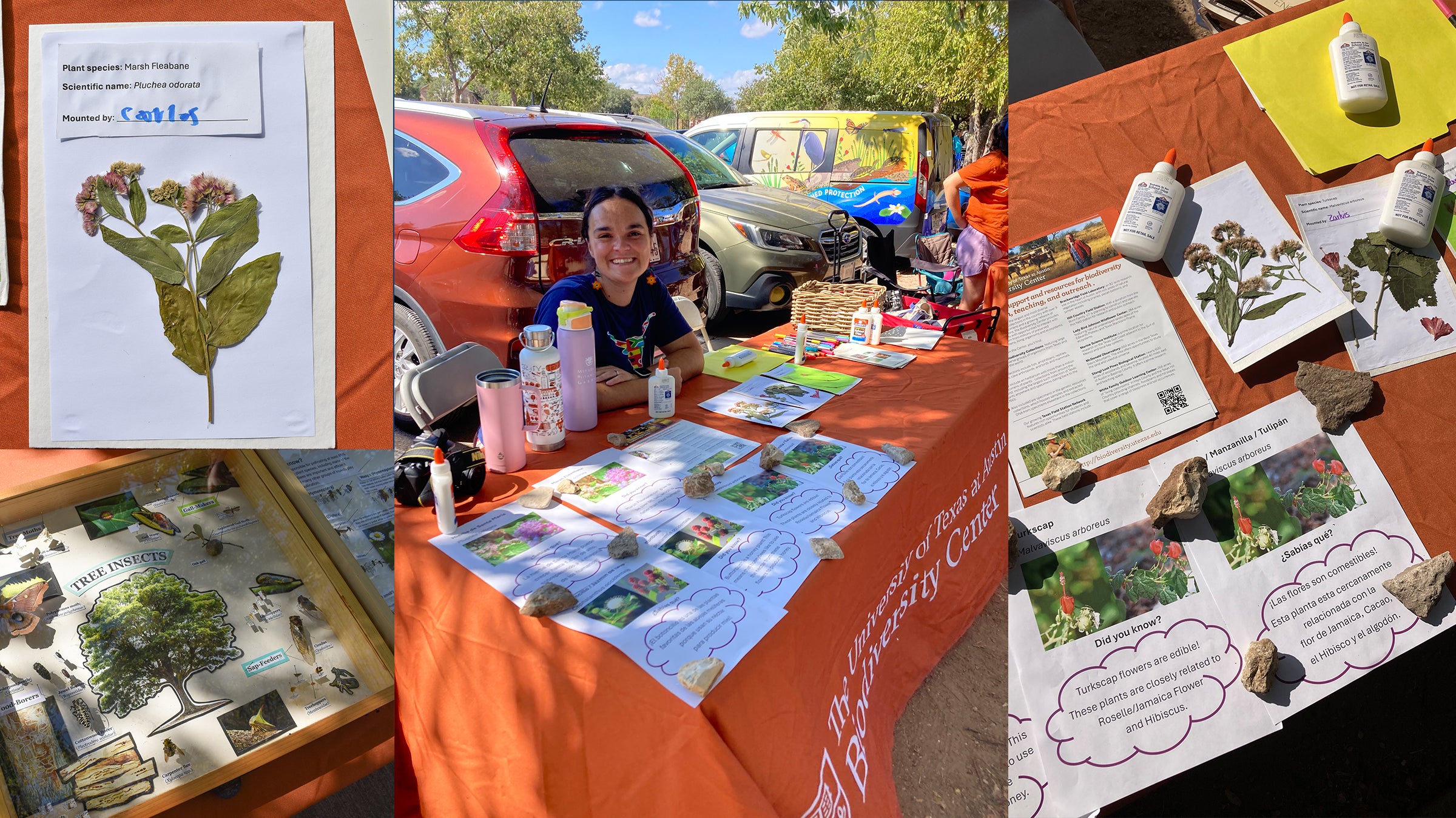Mis-Stocking Mayhem: The Hunt for Invasive Gobies in the Colorado River Basin

Naked Goby (Gobiosoma bosc), source: FoTX Project Website, credit: Joseph R. Tomelleri
Texas has a long history of non-native fish introductions into its rivers, streams, and lakes. Many are improbable stories such as the case of the Naked Goby (Gobiosoma bosc). The Naked Goby is a small estuarine and marine fish that is native to the Texas coast, where they typically enter only the most downstream reaches of freshwater creeks and rivers. The story of this little fish gets interesting when, in 2011, they were collected from the Colorado River in the vicinity of San Angelo – over 300 miles from the Texas coast in freshwater. Ever since these first collections, we in the Ichthyology Collection have been attempting to document this species’ spread, and since then additional specimens were taken further downstream on the Colorado River, but, also in the Rio Grande, San Antonio, and Trinity watersheds.
A possible explanation for how saltwater gobies ended up in the Edwards Plateau lies in the Texas Parks and Wildlife Department’s stocking history of Lake Nasworthy located just outside of San Angelo. Their records show that Red Drum (also known to Texans as Redfish) were stocked in large numbers from the mid 80’s to the early 2000’s to provide angling opportunities. Red Drum are another marine fish native to the Gulf of Mexico. Both Red Drum and Naked Gobies have the ability to survive in fresh and saltwater environments. It is quite possible that, the diminutive Naked Gobies were able to and stowaway on board stocking vehicles alongside the Red Drum unbeknownst to anyone.
Adam Zambie, an undergraduate Environmental Science Major and Marine Science Certificate student is currently collecting Naked Gobies as a student researcher in the Ichthyology Collection and Hendrickson Lab. The aim of his research is to learn more about the inland (non-native) range of the species in the Colorado River Watershed. Adam’s research consists of him trekking around Central Texas netting fish and placing special “Goby Traps”. The traps are unique in that they allow fish to come and go by providing a space constructed out of PVC pipe that mimics the oyster reefs they use as habitat in their native range. The data Adam collects will give insight to both the inland range of this species as well as occurrence data on other species in under-sampled areas in the Colorado River Basin.
To provide insight for where inland occurrences are likely, and where traps should be placed, a species distribution model was made using the program Maxent. The resulting model is based on geographic information including relevant environmental variables such as temperature, precipitation, and bioclimatic regions corresponding to prior inland occurrences of the species. The program produces a heat map that shows the probability of the species occurring at any given pixel on the map.
Adam Zambie is an undergraduate student in the College of Natural Sciences, with an Environmental Science Major and Marine Science Certificate.

A trap used for sampling Naked Gobies. The PVC pipe provides 3D structure used for habitat similar to an oyster reef. The traps are suspended at sampling locations and checked periodically for gobies.




